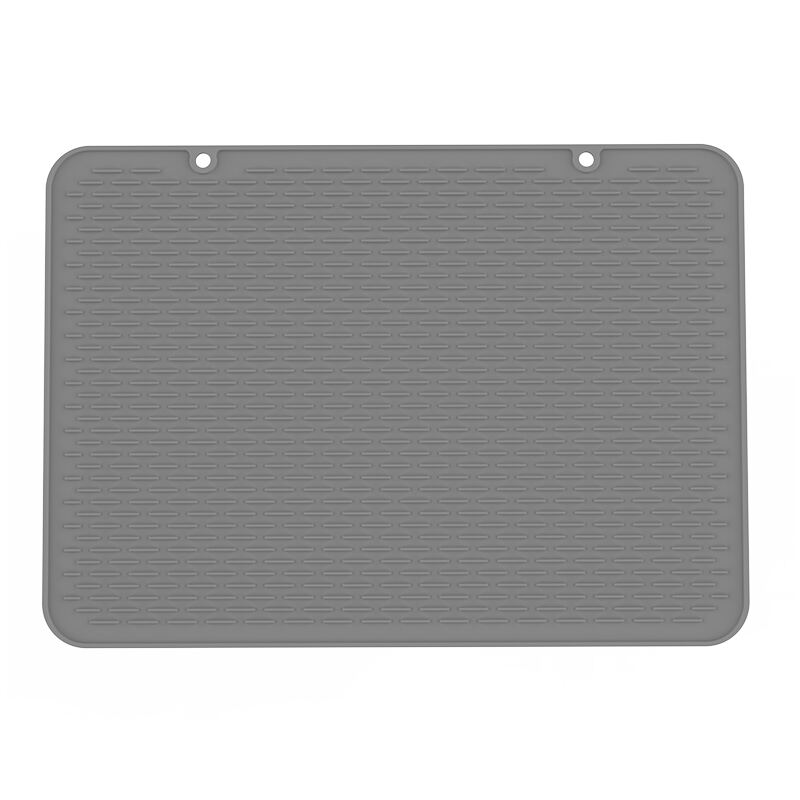silicone cibus patina
Silicone cibus patina est essentialis culinae versatilis, quae cum moderno dominatore domus in mente designata est. Ex silicone qualitatis altae, cibi gradus confecta, plures functiones habet, quae tempus edendi tam iucundum quam practicam faciunt. Eius principales functiones includunt esse patinam tutam et durabilem ad edendum, necnon superficiem non adhaerentem ad coquinandum et serviendum. Technologicae proprietates, ut resistentia caloris usque ad 446 gradus Fahrenheit et securitas in congelatore usque ad -76 gradus Fahrenheit, eam praeclaram faciunt pro variis applicationibus culinaribus. Sive parens es, qui cibi puerilis utensilia quaerit, sive coquus domi, qui novas recetas experitur, haec silicone patina est instrumentum necessarium ad usum cotidianum et occasiones speciales.


